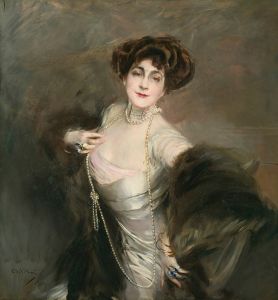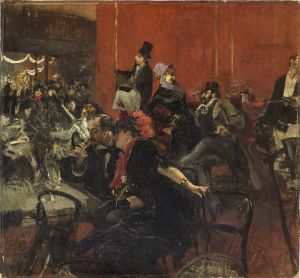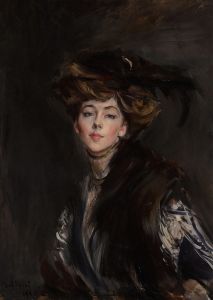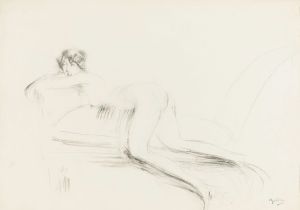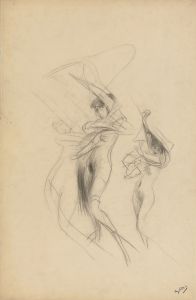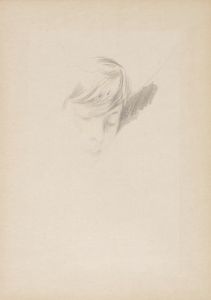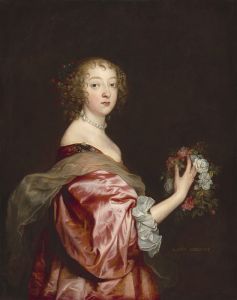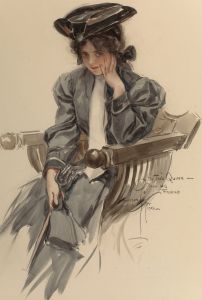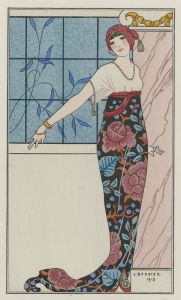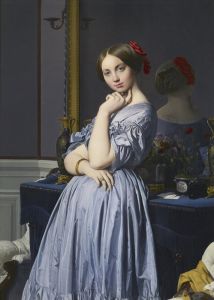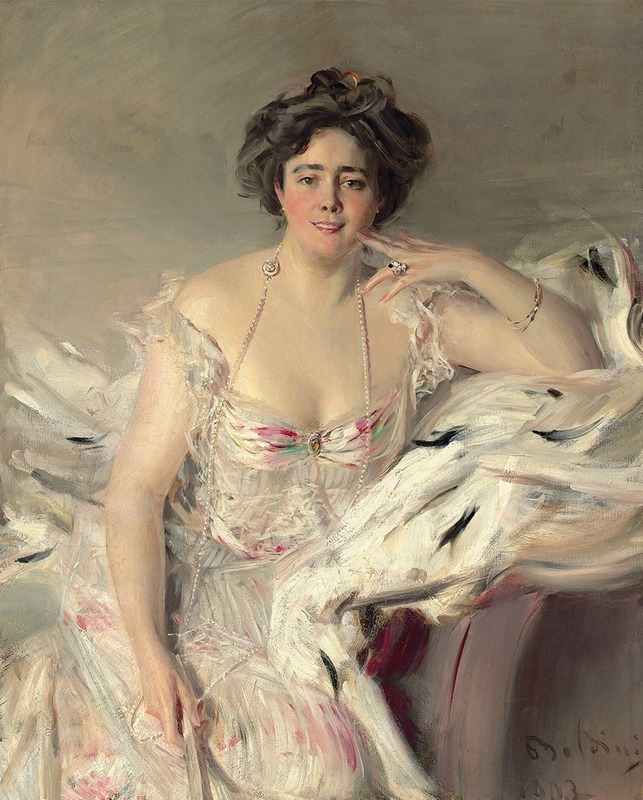
Portrait of Lady Nanne Schrader, née Wiborg
A hand-painted replica of Giovanni Boldini’s masterpiece Portrait of Lady Nanne Schrader, née Wiborg, meticulously crafted by professional artists to capture the true essence of the original. Each piece is created with museum-quality canvas and rare mineral pigments, carefully painted by experienced artists with delicate brushstrokes and rich, layered colors to perfectly recreate the texture of the original artwork. Unlike machine-printed reproductions, this hand-painted version brings the painting to life, infused with the artist’s emotions and skill in every stroke. Whether for personal collection or home decoration, it instantly elevates the artistic atmosphere of any space.
Giovanni Boldini, an Italian painter renowned for his dynamic brushwork and elegant portraiture, created the painting "Portrait of Lady Nanne Schrader, née Wiborg." Boldini was a prominent figure in the late 19th and early 20th centuries, known for his ability to capture the essence and sophistication of his subjects, often members of high society. His work is characterized by a distinctive style that combines realism with impressionistic elements, resulting in portraits that are both lifelike and full of movement.
The subject of this particular painting, Lady Nanne Schrader, née Wiborg, was a member of the affluent Wiborg family. The Wiborgs were known for their prominence in society, and Nanne's marriage into the Schrader family further solidified her status within elite circles. Boldini's choice to paint Lady Schrader reflects his typical focus on individuals who were influential and fashionable, often capturing the spirit of the Belle Époque era.
In "Portrait of Lady Nanne Schrader, née Wiborg," Boldini employs his signature technique of swift, fluid brushstrokes to convey both the elegance and vivacity of his subject. The painting is notable for its attention to detail, particularly in the rendering of Lady Schrader's attire and the textures of the fabrics. Boldini's use of light and shadow adds depth to the portrait, highlighting the contours of Lady Schrader's face and the intricacies of her clothing.
The composition of the painting is carefully balanced, with Lady Schrader positioned in a way that exudes confidence and poise. Boldini often arranged his subjects in dynamic poses, and this portrait is no exception. The artist's ability to capture the personality and status of his sitters is evident in the way Lady Schrader is portrayed, suggesting both her grace and her social standing.
Boldini's portraits were highly sought after during his lifetime, as they not only depicted the physical likeness of his subjects but also conveyed their character and the zeitgeist of the era. His work remains celebrated for its technical skill and its ability to encapsulate the elegance of a bygone age.
While specific details about the commission and the exact date of the painting's creation are not extensively documented, Boldini's oeuvre is well-regarded for its contributions to portraiture and its reflection of the cultural milieu of the time. The "Portrait of Lady Nanne Schrader, née Wiborg" stands as a testament to Boldini's mastery in capturing the allure and sophistication of his subjects, making it a significant piece within his body of work.
Today, Boldini's paintings are held in high esteem and can be found in major art collections and museums around the world. His portraits continue to be studied for their artistic merit and their insight into the social dynamics of the late 19th and early 20th centuries. The "Portrait of Lady Nanne Schrader, née Wiborg" exemplifies Boldini's ability to blend technical precision with expressive brushwork, resulting in a portrait that is both timeless and evocative.





